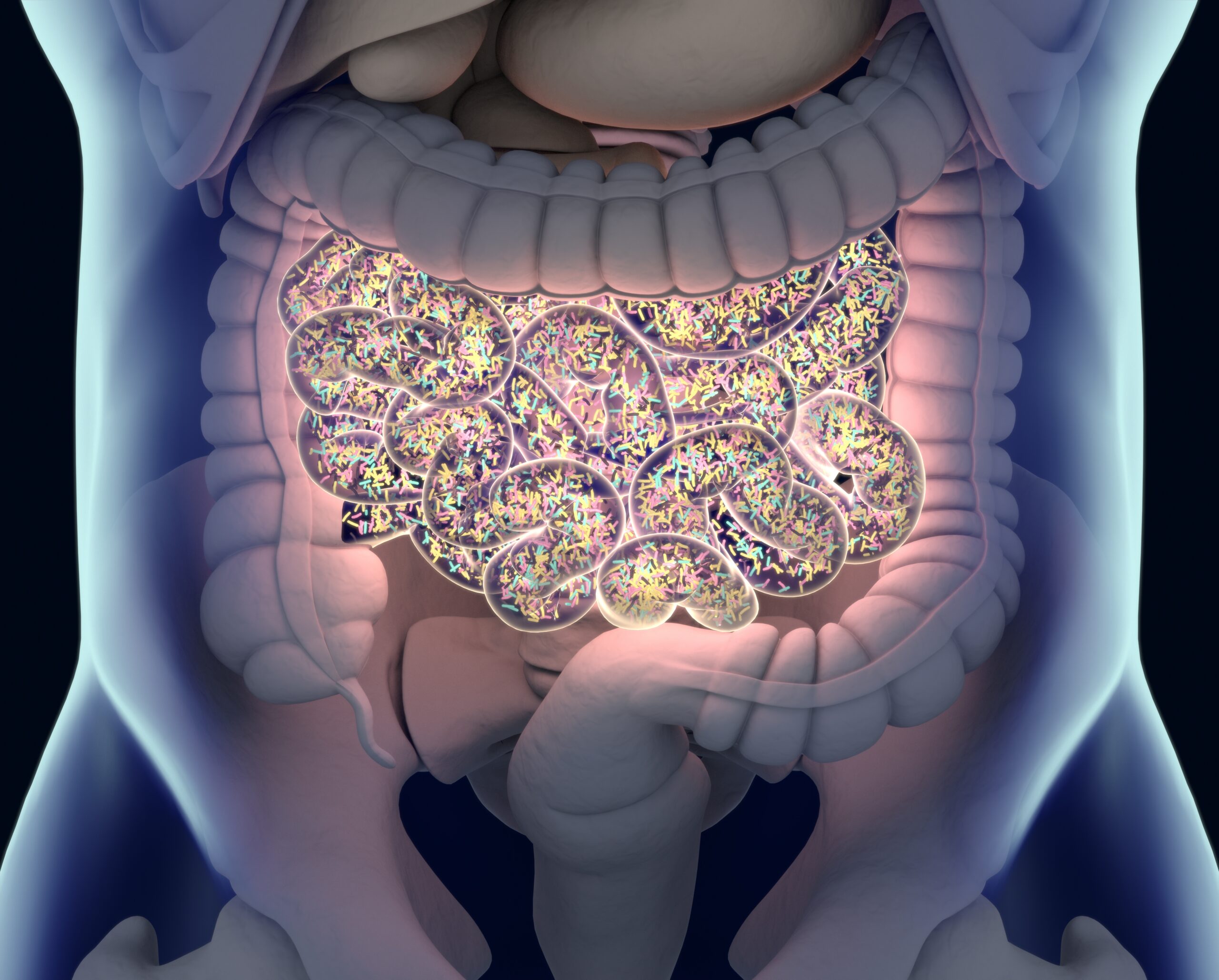Over the past decade, research on the gut microbiome has exploded as scientists work to better categorize and understand its role in the human body. Known for its role in aiding with digestion, the gut microbiome is something that we acquire over our lifetime and it changes as we age and mature. But the main question scientists have concerns how the bacteria even get into our bodies in the first place. A new study published by the Carnegie Institution for Science has worked to determine the process of how the body acquires its microbiome as well as how new species are added to it.
The research team utilized fruit flies as a model system to study the ecological relationship between bacteria and their hosts. The researchers used germ-free fruit flies and then exposed them to different clusters of five different types of bacteria, creating 31 unique combinations. Following exposure to the bacteria for 10 days, the researchers measured which bacteria had successfully created colonies in the flies. Further analyzing which colonies were acquired and their relative sizes within the gut.
The results from these set-ups showed that much of the variation depended on numerous factors. The researchers found that exposure to a bacterial species did not always result in the incorporation and building of a microbiome. Different combinations of bacteria resulted in either more or less successful uptakes in the flies, revealing how the surrounding bacterial and ecological environment plays a significant role in determining the microbiome. The researchers further discussed how interactions between the different bacterial species present in an environment can either be a proponent for colony uptake and growth or can create competition resulting in bacterial death.
Even within the same groupings of flies that were fed identical diets and had the same genetic makeup, there were still individual variations. Previous research has already shown that factors like genetics, diet, and environment have a tremendous influence in determining the microbiome. This research, in a way, adds new insights that highlight how this process remains much more complicated and sensitive than previously thought.
From these experiments, the researchers have worked to create mathematical models that aim to calculate the probability and possibilities of various bacterial species’ uptakes. With further development and tuning of these models, they could be translated to allow for a better understanding and prediction of the human microbiome composition.
Featured Image Source: Anatomy Insider










